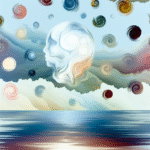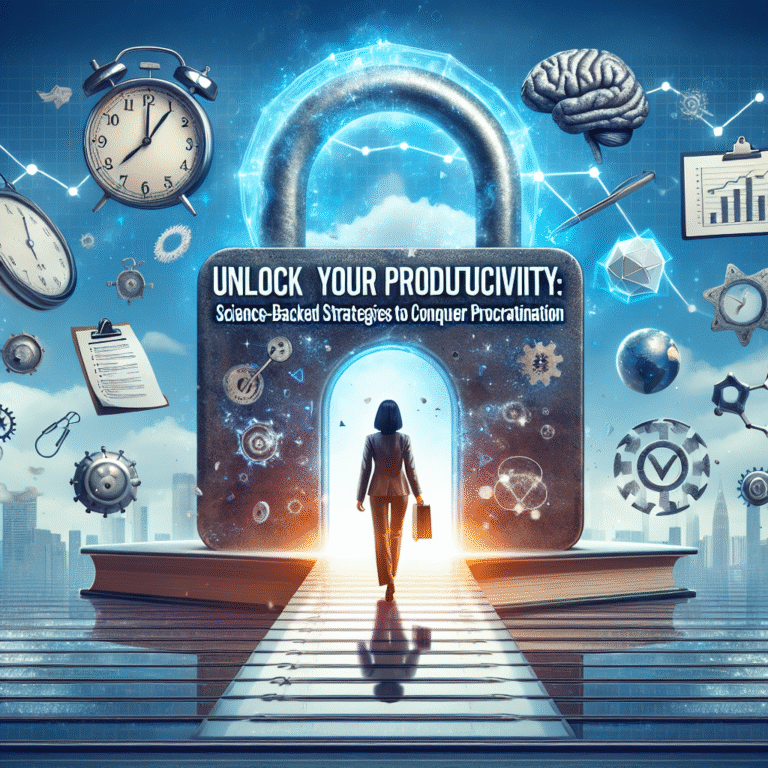
The Invisible Chains: Psychological Mechanisms Behind Addiction
Introduction
Imagine waking up one morning, staring at the reflection in the mirror, and not recognizing the person looking back at you. This feeling, common among those struggling with addiction, exposes a truth that goes beyond the physical act of consuming substances or engaging in compulsive behaviors. It’s about the unseen forces at play—the invisible chains that bind individuals to their addictive behaviors. Understanding these psychological mechanisms is not just an academic exercise; it is a crucial step towards reclaiming one’s life. This article delves deep into The Invisible Chains: Psychological Mechanisms Behind Addiction, unraveling their complexities and offering insights that can inspire change.
The Nature of Addiction
Defining Addiction
Addiction is often viewed through the lens of substance misuse—alcohol, drugs, and nicotine are typically the frontrunners. However, it manifests in various forms, including gambling, eating disorders, and even compulsive technology use. The invisible chains binding individuals in these instances are rooted in various psychological mechanisms, making understanding them essential for effective recovery.
The Biopsychosocial Model
One effective framework for understanding addiction is the Biopsychosocial Model. This holistic approach acknowledges that biological, psychological, and social factors intertwine to shape addictive behaviors.
- Biological Factors: Genetics can predispose certain individuals to addiction.
- Psychological Factors: Mental health issues like anxiety or depression can amplify vulnerability to addictive behaviors.
- Social Factors: Peer pressure, societal norms, and cultural influences play significant roles in an individual’s relationship with addiction.
By unpacking these layers, we begin to see how The Invisible Chains: Psychological Mechanisms Behind Addiction are more than just psychological—they are intricately woven into the very fabric of our being.
Psychological Mechanisms at Play
1. Conditioning and Reinforcement
One of the most compelling psychological mechanisms behind addiction is the principle of conditioning. Generally, behavior followed by a rewarding stimulus is more likely to be repeated. This is particularly relevant in the context of substances, where initial use is often followed by pleasurable effects.
Case Study: The Rat Park Experiment
In a famous experiment conducted by psychologist Bruce K. Alexander, rats in an enriched environment (Rat Park) were less likely to consume morphine than those in isolated cages. This observation underscores the role of conditioning and environmental cues in addiction.
- Analysis: The experiment illustrates that addiction isn’t merely about the substance but also about the environment and social context. If these invisible chains of conditioning can trap individuals in negative cycles, altering their environment may break these chains.
2. The Role of Cognitive Dissonance
Cognitive dissonance arises when an individual experiences conflicting beliefs or values, leading to significant mental discomfort. In the context of addiction, an individual may know that their behavior is harmful but still partake in it.
Example Illustration
Consider someone who smokes cigarettes and openly acknowledges the health risks. Their invisible chains hold them captive in a cycle where they attempt to rationalize their behavior, often downplaying its dangers.
- Actionable Insight: Recognizing and addressing cognitive dissonance is crucial. Therapy can provide techniques to align beliefs with behaviors more consistently.
3. Emotional Regulation and Coping Mechanisms
Many individuals turn to addictive behaviors as a means to cope with negative emotions. Substances or actions offer a temporary escape, making the invisible chains feel somewhat comforting.
Case Study: The Opioid Crisis
The opioid epidemic, particularly in the United States, highlights how emotional pain can contribute to addiction. Many individuals began using prescription painkillers to manage chronic pain or emotional distress.
- Analysis: Understanding the underlying emotional drivers can help create more effective treatment plans focused on healthier coping strategies, thus dismantling the invisible chains of addiction.
4. The Lure of Instant Gratification
In an age where instant gratification is the norm, addictive behaviors can provide immediate rewards that seem far more enticing than the long-term goals.
Chart: Delayed vs. Immediate Gratification
| Reward Type | Time Frame | Associated Behavior |
|---|---|---|
| Delayed Gratification | Weeks/Months | Long-term wellness strategies |
| Immediate Gratification | Seconds/Minutes | Substance abuse or bingeing |
- Insight: Recognizing the allure of instant gratification is key. Programs that foster patience and resilience can help weaken these invisible chains.
5. The Impact of Social Influence
Social dynamics play a significant role in addiction. From peer pressure to family dynamics, the people surrounding an individual can contribute greatly to their behavior.
Example Scenario
An adolescent might feel pressured to drink alcohol because it’s the norm within their social circle. This pressure creates invisible chains that can lead to lifelong habits.
- Actionable Insight: Creating supportive environments—be it through friendships, family relationships, or community initiatives—can help individuals break free from these invisible chains.
Breaking the Chains: Paths to Recovery
Integrative Approaches
Understanding the psychological mechanisms behind addiction opens the door for effective recovery strategies.
Therapeutic Interventions
- Cognitive Behavioral Therapy (CBT): Helps individuals reframe negative thought patterns and develop healthier coping mechanisms.
- Motivational Interviewing (MI): Encourages individuals to find personal motivation for change, combating cognitive dissonance.
- Mindfulness and Meditation: Reduces the urgency of immediate gratification, fostering delayed gratification.
Holistic Practices
Incorporating holistic methods like yoga, mindfulness, and art therapy can provide alternative pathways for individuals to explore emotions, ultimately breaking the invisible chains of addiction.
Support Groups
Groups like Alcoholics Anonymous (AA) and Narcotics Anonymous (NA) provide social support, harnessing the power of community to break down the invisible chains that addiction weaves.
Conclusion
Understanding The Invisible Chains: Psychological Mechanisms Behind Addiction is vital for anyone looking to break free from addiction’s grasp. Through insights regarding conditioning, cognitive dissonance, emotional regulation, and social influences, we equip ourselves with the knowledge needed to combat these chains. Recovery is within reach, requiring a multifaceted approach that addresses the psychological dimensions of addiction.
Taking that first step, whether it’s seeking professional help or reaching out to a supportive community, can begin the transformative journey toward liberation. Remember, it’s never too late to break free from those invisible chains and reclaim the life you deserve.
FAQs
1. What is the difference between addiction and dependence?
Addiction refers to compulsively seeking a substance or behavior despite negative consequences, while dependence indicates physical and psychological reliance on a substance.
2. Can addiction be fully cured?
While complete recovery is possible, individuals may always be in recovery. The journey involves continuous work and awareness to maintain sobriety.
3. How do psychological mechanisms contribute to relapse?
Understanding that addictive behavior often stems from complex psychological factors can help individuals identify triggers and create effective coping strategies to avoid relapse.
4. What role does therapy play in overcoming addiction?
Therapy provides a safe space to explore emotional and cognitive barriers, helping individuals break down the invisible chains binding them to their addiction.
5. How can family and friends support someone struggling with addiction?
Offering unconditional support, encouraging professional help, and fostering open communication can empower individuals to confront their addiction and work towards healing.
By addressing these questions, we hope to empower individuals and their loved ones to deepen their understanding of addiction, ultimately guiding them toward breaking the invisible chains that bind them.













